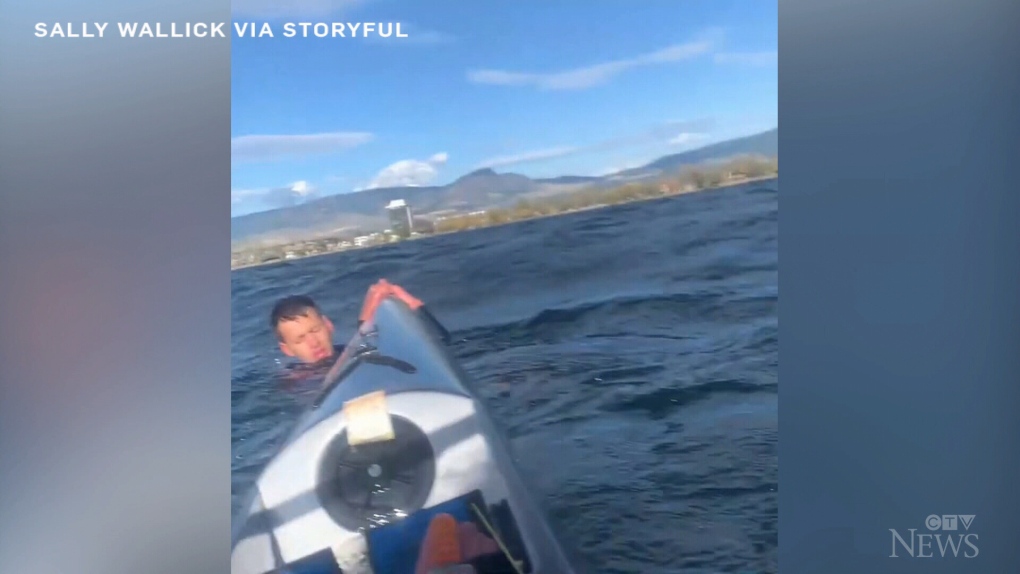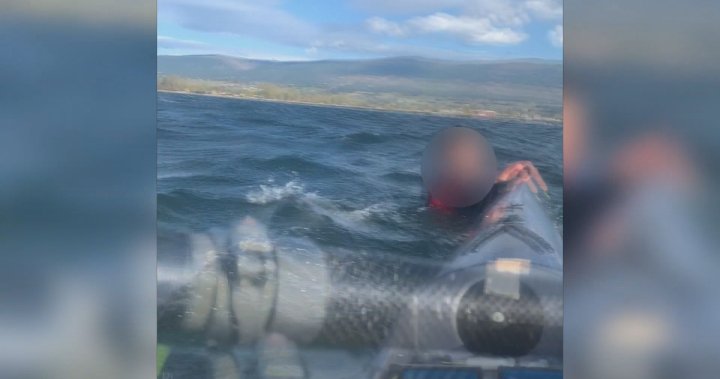mick_allen
Paddler & Moderator
- Joined
- May 15, 2005
- Messages
- 3,585
An interesting rescue of a paddler from a vertically swamped kayak seemingly out there for 'quite a while' about 1km or so from shore.
Slightly difficult to ascertain exactly what's going on, but the surski paddler abandon's the compromised kayak, asks the victim hang on to the back but then reconsiders and gets the victim to hang on to the front of her surfski and then has all kinds of trouble directionally - even asking the victim to help her turn the kayak to head to shore and then asks for him to help turn it the other way as they're veering off course. Then because of all the difficulty, advises the victim to move halfway back to the side of the surfski and 'lean on' it - thereby overturning her and her surfski.
Now that both are in the water and she may be halfway back on, luckily it seems that another boat is near enough to be hailed and presumably finishes the rescue. Odd set of choices even tho' it would be difficult to hold onto the rear of her kayak.

 www.ctvnews.ca
www.ctvnews.ca
but . . . he was rescued . . . and what's more important than that?
edited to add - here's the more complete story:

 globalnews.ca
globalnews.ca
Slightly difficult to ascertain exactly what's going on, but the surski paddler abandon's the compromised kayak, asks the victim hang on to the back but then reconsiders and gets the victim to hang on to the front of her surfski and then has all kinds of trouble directionally - even asking the victim to help her turn the kayak to head to shore and then asks for him to help turn it the other way as they're veering off course. Then because of all the difficulty, advises the victim to move halfway back to the side of the surfski and 'lean on' it - thereby overturning her and her surfski.
Now that both are in the water and she may be halfway back on, luckily it seems that another boat is near enough to be hailed and presumably finishes the rescue. Odd set of choices even tho' it would be difficult to hold onto the rear of her kayak.

Watch: Woman rescues struggling kayaker in B.C.
A kayaker was rescued by a fellow paddler in Okanagan Lake, after a dramatic moment when they had to flag down a boat to bring them ashore.
but . . . he was rescued . . . and what's more important than that?
edited to add - here's the more complete story:

‘His eyes started closing’: Okanagan Lake rescue caught on camera | Globalnews.ca
"I tried to keep it light, but inside I was like, 'Oh no, this guy needs help right away."

